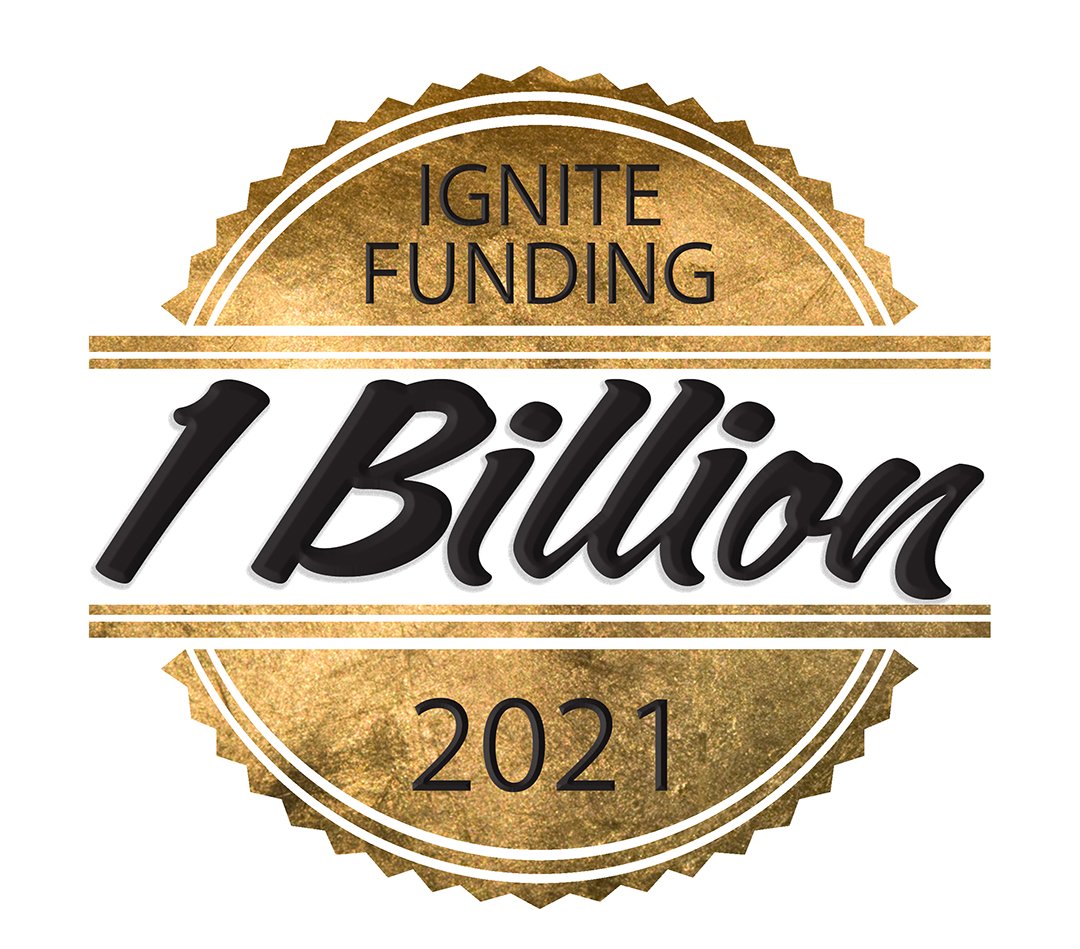Commercial vs. Residential Real Estate Loans
When talking about loans, the most common ones that come to mind are either residential loans or personal loans. There are eight common loan types, but the two we are going to focus on are commercial and residential real estate loans. The name pretty much explains itself; however, here is more information that helps define each one.

Commercial Real Estate Loans (CRE)
Commercial Real Estate Loans are mortgages specifically for financing the purchase, construction, or improvement of income-producing properties like buildings, retail centers, and warehouses. Apartments are also considered commercial real estate loans if they have 5 or more units. Commercial real estate loans differ from residential real estate loans in their intended use, the interest rates are higher, and they have shorter terms.
Commercial Real Estate Loans may include a triple net lease (NNN) that Residential Real Estate loans do not have. A triple net lease (NNN) gives responsibility for property taxes, insurance, and maintenance costs to the tenant. For example, when you rent an apartment or house, you must pay for your utilities. Some other places cover those expenses; those are called gross leases.
An example of a commercial real estate loan with Ignite Funding is a truck stop in Ash Fork, AZ. There was a total of $24,000,000 principal balance funded in eight $3,000,000 tranches. Each of the tranches were used to fund the ground-up construction of the truck stop in Ash Fork.
Exploring Different Types of Commercial Real Estate Loans:
- Permanent Loans: First mortgages with a term of at least five years. They are often used to finance long-term ownership and improvements to the property.
- SBA Loans: Backed by the Small Business Administration and offer financing options for small businesses. They have limitations on property types and loan amounts.
- Bridge Loans: Short-term loans, with terms of six months to three years. They are used for acquisitions or renovations.
- Mezzanine Loans: Hybrid financing options that combine equity and debt.
- HUD Loans: Government-backed loans primarily for multifamily purposes, offering long-term, non-recourse financing.
- CMBS Loans: Mortgage-backed securities where lenders focus more on the property strength than the borrower’s credit.
- Hard Money Loans: Private loans offered by lenders who are willing to finance commercial properties.
Things to consider with commercial real estate loans:
- Interest rates are generally higher than residential mortgages.
- Loan terms are generally shorter.
- Due diligence is crucial, involving appraisals, environmental reports, title searches, and zoning permits.
In 2025, the commercial real estate lending market is expected to be active, with a projected 16% increase in lending volume to $583 billion, including a significant rise in multifamily lending.
Below are some factors influencing 2025 commercial real estate lending:
- Interest rate trends: Lower interest rates can stimulate lending activity by making borrowing more affordable.
- Increased demand for CRE: The growing demand for commercial properties, like multifamily and renewable energy, is driving lending activity.
- Maturity of existing loans: A significant portion of commercial mortgages will mature in 2025, creating refinancing opportunities.
- Economic conditions: The overall health of the economy, and the potential for economic downturns will also influence lending activity and borrower
Choosing the Right Option:
The decision between banks and private lenders for commercial real estate loans hinges on several factors, including the borrower's financial profile, the property's characteristics, and the urgency of funding. Borrowers seeking competitive rates, long-term stability, and regulatory compliance may find banks to be the preferable choice. Conversely, those requiring flexibility, expedited funding, or financing for unconventional properties may lean towards private lenders.
Ultimately, the optimal financing solution depends on aligning the specific needs of the commercial real estate investment with the strengths and offerings of the chosen lender. By carefully evaluating these factors and consulting with financial advisors or mortgage brokers, borrowers can navigate the complexities of commercial real estate financing to secure the most advantageous loan for their investment objectives.
Residential Real Estate Loans (CRE)
Residential Real Estate Loans encompass several types of financing options tailored for properties designed to house one to four families. These include loans for purchasing such properties, refinancing existing mortgages to potentially secure lower interest rates or modify loan terms, and extending closed-end loans or open-end lines of credit secured by the borrower’s equity in residential real estate. Purchasing loans are used to acquire either new or existing residential properties, while refinancing loans aim to replace current mortgages on residential properties for improved financial terms. Eligible property types range from single-family homes to townhouses, condos, and smaller multi-unit dwellings with up to four units, all intended for owner occupancy.
Important Features:
- Collateral: The loan is secured by the property itself, meaning the lender can foreclose if the borrower
- Repayment: The loan is typically paid in monthly installments over a set period; often 15 to 30 years.
- Interest Rates: Can be fixed (no change for the loan term) or adjustable changes depending on market rates).
- Down payment: A percentage of the purchase price paid upfront by the borrower, with the remaining amount covered by the loan.
- Mortgage Insurance: May be required if the down payment is less than 20% to protect the lender.
Types of Residential Loans:
- Conventional Loans: Not insured or guaranteed by a government agency.
- Government-Backed Loans: Insured or guaranteed by government agencies like FHA, VA, or USDA, with more flexible requirements.
- Fixed-Rate Mortgages: Interest remains the same throughout the loan term.
- Adjustable-Rate Mortgages (ARMs): Interest can change based on a specific index.
Choosing a Lender for Residential Real Estate Loans:
When it comes to residential real estate loans, selecting the right lender is just as important as choosing the right type of loan. While many borrowers focus primarily on interest rates, several other factors should guide your decision to ensure you’re working with a lender that aligns with your financial goals and personal circumstances.
Key Considerations When Selecting a Residential Lender:
- Loan Product Variety: Not all lenders offer the same types of loans. Some specialize in conventional loans, while others are more experienced in government-backed options like FHA or VA loans. Ensure the lender offers the loan type that best suits your needs.
- Qualification Requirements: Each lender has different credit score, income, and debt-to-income ratio thresholds. Understanding these up front can save time and help you target lenders most likely to approve your application.
- Rate Structures: Look beyond just the advertised interest rate. Evaluate whether the lender offers fixed-rate or adjustable-rate options and compare the annual percentage rate (APR), which includes fees and closing costs.
- Customer Service and Accessibility: A responsive lender who communicates clearly can make the mortgage process much smoother, especially for first-time homebuyers. Some borrowers may also benefit from lenders with strong digital tools or in-person support, depending on preference.
- Pre-Approval Process: A good lender will offer a streamlined and informative pre-approval process, helping you understand your borrowing power before you shop for a property.
Rather than focusing on big-name lenders, borrowers should assess how well a lender’s offerings and support align with their personal needs. Shopping around, asking questions, and comparing multiple offers are essential steps toward securing the most favorable residential real estate loan.
Conclusion
Ultimately, while commercial and residential real estate loans may appear similar in terms of lenders, general structure, and application process, their purposes and details set them apart. Commercial loans are intended to support income-generating business ventures, like shopping centers or restaurants, whereas residential loans are designed for personal living spaces, such as single-family homes or condos. The most notable differences lie in the loan terms, interest rates, and repayment lengths. Whether you choose to work with a bank or a private lender, it's essential to understand how these factors vary depending on the type of loan and the institution offering it.



